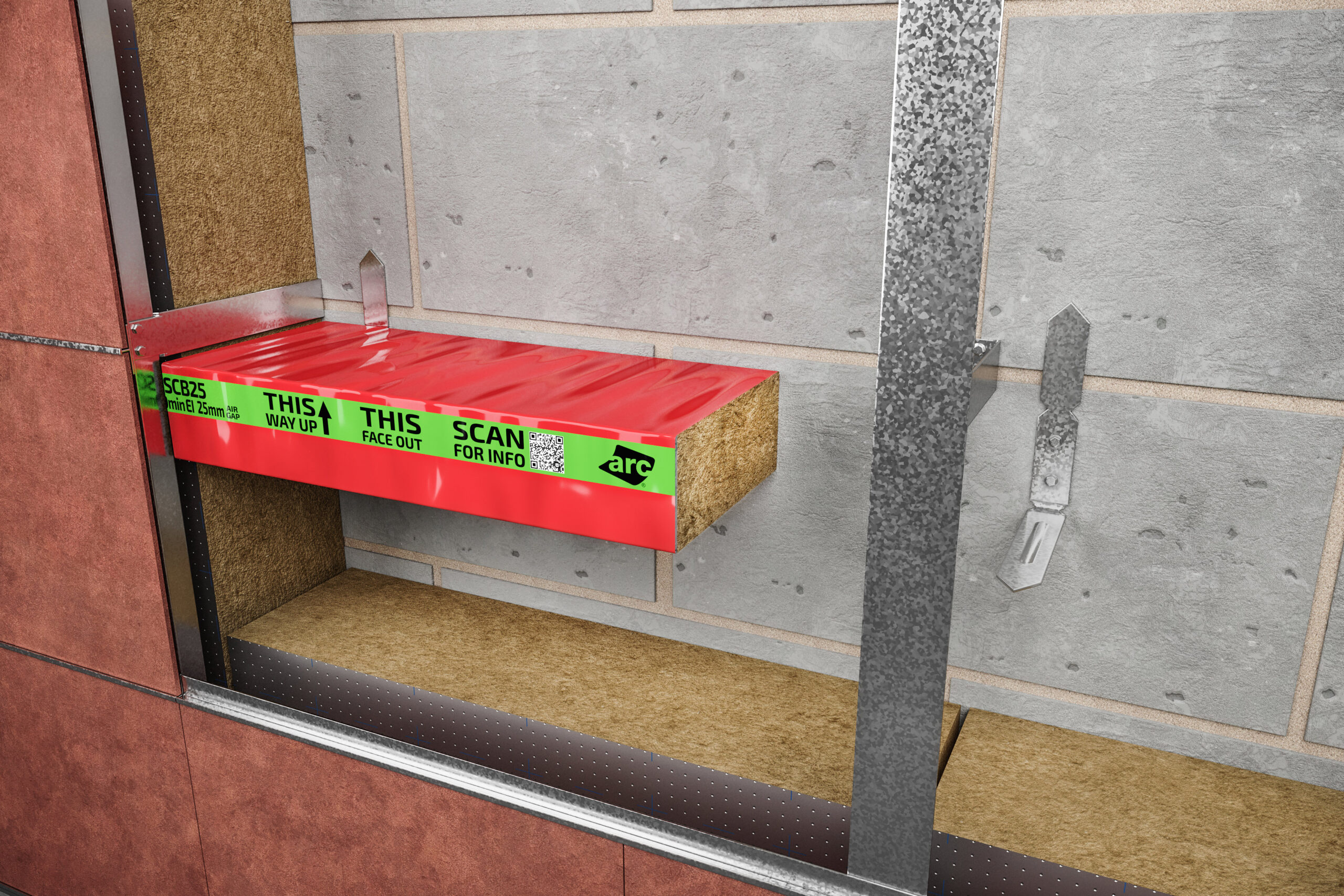
Image Source: Google
When it comes to creating a safe and energy-efficient living space, one of the key components to consider is the installation of ventilated cavity barriers. These barriers play a crucial role in preventing the spread of fire and enhancing the overall thermal performance of a building. By incorporating ventilated cavity barriers into your home, you can transform it into a safer and more efficient living environment. If you are looking for the right ventilated cavity barriers then visit this website.
The Importance of Ventilated Cavity Barriers
Ventilated cavity barriers are essential components of any modern building design. They are typically installed within the external cavity walls of a building to protect against the spread of fire and smoke. In addition to enhancing fire safety, ventilated cavity barriers also play a significant role in improving the thermal performance of a building by preventing heat loss and reducing energy consumption.
Benefits of Ventilated Cavity Barriers
- Fire Protection: Ventilated cavity barriers help to compartmentalize a building, preventing the spread of fire and smoke between different areas.
- Enhanced Thermal Performance: By reducing heat loss through the external walls, ventilated cavity barriers can help to maintain a comfortable indoor temperature and reduce energy costs.
- Moisture Management: Ventilated cavity barriers allow for the effective drainage of moisture, preventing water ingress and reducing the risk of dampness within the building.
- Improved Air Circulation: The ventilated design of cavity barriers promotes airflow within the cavity walls, helping to regulate humidity levels and prevent condensation.
Types of Ventilated Cavity Barriers
There are several types of ventilated cavity barriers available on the market, each designed to meet specific building requirements and regulations. Some of the most common types include:
1. Laminated Intumescent Cavity Barriers
- Consist of intumescent material sandwiched between two layers of foil
- Activate in the event of a fire, expanding to fill the cavity and prevent the passage of fire
- Provide up to 120 minutes of fire resistance
2. Insulated Cavity Barriers
- Include a layer of insulation material to enhance thermal performance
- Can help to reduce heat loss and improve energy efficiency
- Available in various thicknesses to suit different cavity widths
3. Open-State Cavity Barriers
- Designed to remain open under normal conditions, allowing for ventilation within the cavity walls
- Close automatically in the event of a fire to provide fire protection
- Ensure continuous airflow even when the barriers are closed
Installation Considerations
Proper installation of ventilated cavity barriers is crucial to ensure their effectiveness and compliance with building regulations. When installing ventilated cavity barriers in your home, consider the following factors:
1. Placement
- Install cavity barriers at specified locations within the external walls to provide adequate fire protection and thermal performance.
2. Compatibility
- Ensure that the chosen cavity barriers are compatible with the construction materials and cavity width of your building.
3. Maintenance
- Regularly inspect and maintain the ventilated cavity barriers to ensure they are free from damage and obstruction.
4. Compliance
- Verify that the installed cavity barriers meet the relevant building regulations and standards for fire safety and thermal performance.
Conclusion
Incorporating ventilated cavity barriers into your home can significantly enhance its safety and energy efficiency. By investing in high-quality cavity barriers and ensuring proper installation, you can create a living space that is not only safer but also more comfortable and cost-effective in the long run. Transform your home today with ventilated cavity barriers and enjoy the benefits of a secure and efficient living environment.
